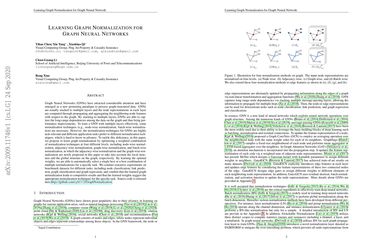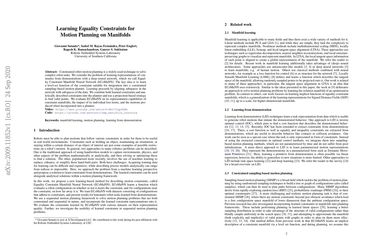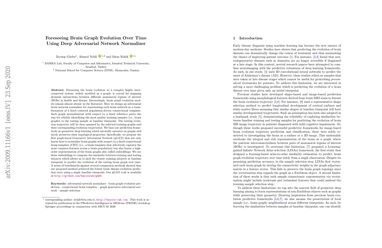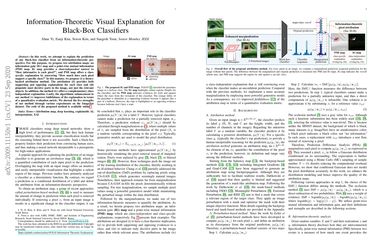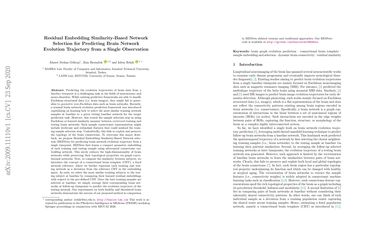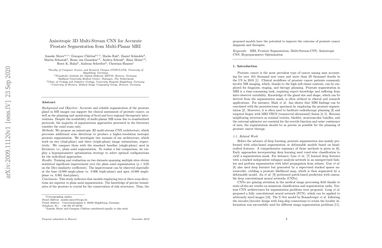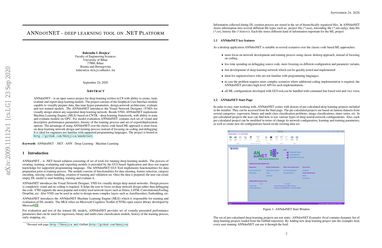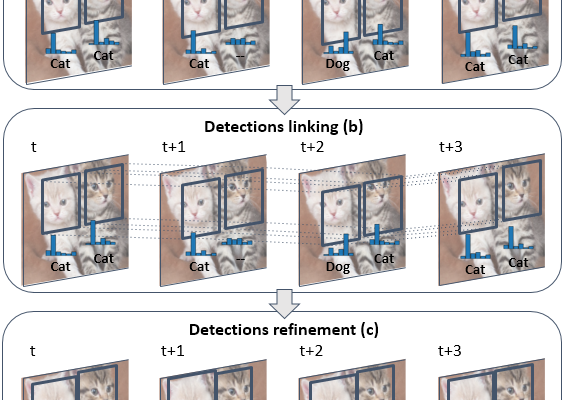Learning Graph Normalization for Graph Neural Networks
Graph Neural Networks (GNNs) have attracted considerable attention and have emerged as a new promising paradigm to process graph-structured data. GNNs are usually stacked to multiple layers and the node representations in each layer are computed through propagating and aggregating the neighboring node features with respect to the graph… By stacking to multiple layers, GNNs are able to capture the long-range dependencies among the data on the graph and thus bring performance improvements. To train a GNN with multiple layers […]
Read more